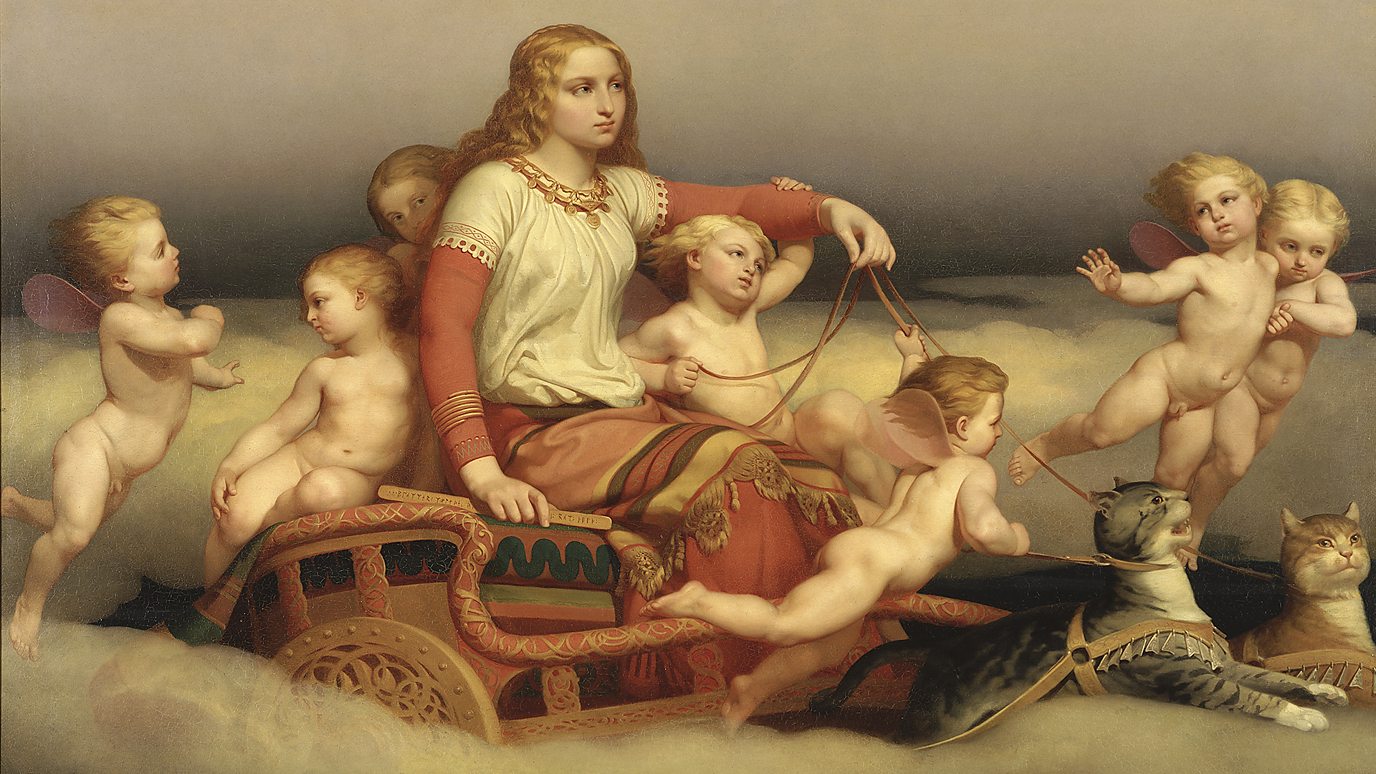Ancient Egypt to Taylor Swift: The historic roots of the 'cat lady'
1 August 2024
Akanksha Singh

With debates over the expression "childless cat ladies" dominating the 2024 US election, the BBC explores the historic links between women and their feline friends.
No other animal has arguably defined female sexuality in the Western male gaze to the extent that cats have. Sexually provocative women are called "sex kittens"; women "purr" seductively, and are described as having "feline" good looks. The flipside to this "sexy cat" stereotype, however, is the desexualised trope of the "cat lady". And as 2021 comments made by Donald Trump's running mate JD Vance resurfaced recently, it appears the "cat lady" trope is alive and well. Where did it originate?
The cat lady stereotype is a spinster; a woman without a man, or shorthand for a lesbian. In her most common form, she is a cardigan-wearing, bespectacled recluse who owns at least one cat, if not several. As Alice Maddicott, author of Cat Women: An Exploration of Feline Friendships and Lingering Superstitions, tells the BBC, the historic links between cats and women stretch far back in time, accompanied by a persistent dichotomy between the hypersexual and the unsexual.
Being a 'cat lady' desexualises you, but that cat can also be used as an insult referring to promiscuity and lust – Alice Maddicott
Chaucer's Wife of Bath, for instance, was called a cat "in order to insult her and suggest she was promiscuous – she went out 'a-caterwauling'", Maddicott says. In other words, "being a 'cat lady' desexualises you, but that cat can also be used as an insult referring to promiscuity and lust." (This isn't that far-fetched; consider the contemporary term "cougar" used to describe women who date younger men.)
More:
https://www.bbc.com/culture/article/20220225-the-batman-the-ancient-roots-of-catwoman
